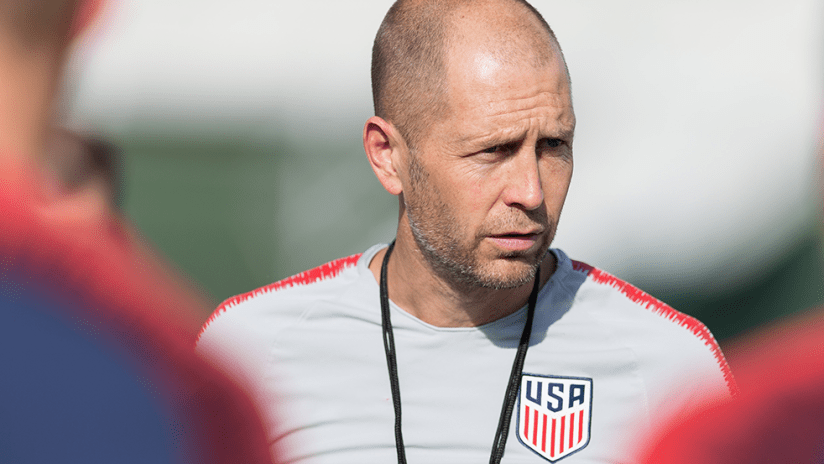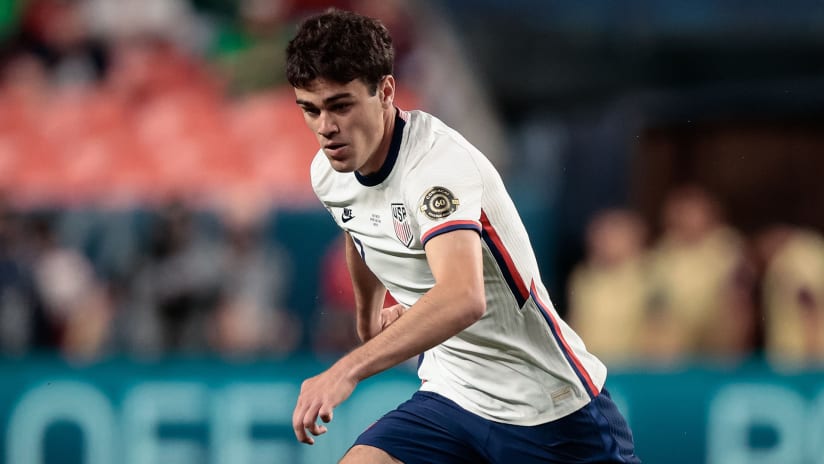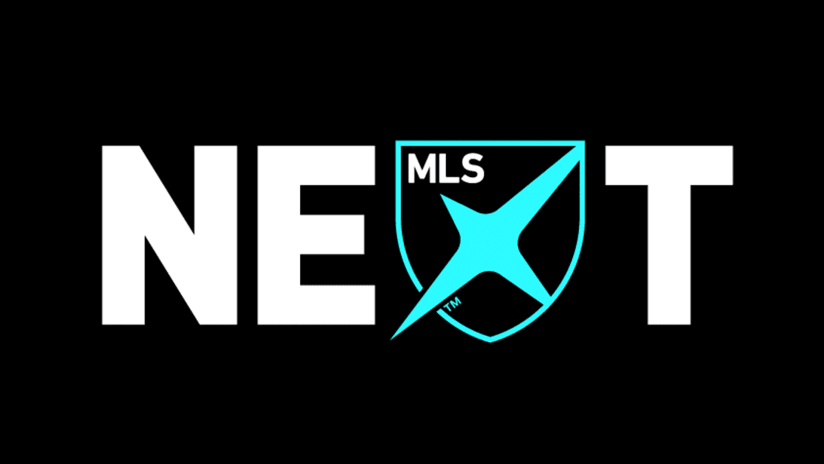NEW YORK – As MLS players and executives gathered Wednesday at the Mandarin Oriental Hotel on the edge of Central Park, there was plenty of time for reflection as the league prepares for its 25th season.
But in identifying what the next quarter century could entail, the importance of youth development and academies quickly rose to the forefront of the discussion. As much as facilities, soccer-specific stadiums and importing higher-caliber players all fueled conversations, so did the next generation of homegrown players.
That point was hit home by US men’s national team manager Gregg Berhalter, a former LA Galaxy defender who coached Columbus Crew SC for five years.
“For me, the next level now is continuing to export players,” Berhalter said in a panel-style discussion about MLS’s future. “You know, I was watching the Chelsea-Bayern Munich game yesterday and the best player on the field came from Major League Soccer. That was Alphonso Davies. Tyler Adams at [RB Leipzig] and Zack Steffen that we sold to [Manchester] City, that's the next level for this league and I'm confident we're going to get there.”
The players Berhalter referenced were sold to top European leagues two winters ago, and reflected the “selling league” refrain that’s tangential to acquiring domestic-bred or internationally-imported young players. On one hand there’s how Davies went from the Vancouver Whitecaps to Bayern for a reported $13 million, a fee that could rise even higher. On the other hand, there’s Paraguayan attacker Miguel Almiron, who went from Atlanta United to Premier League side Newcastle United for a reported league-record $27 million, two years after he joined Atlanta for a reported $8 million fee.
Debates range on about which player will be next, and Marcelo Balboa emphasized that evolution during the same panel. Balboa, a three-time FIFA World Cup veteran for the USMNT, was one of the inaugural MLS players with the Colorado Rapids, and now works as a soccer broadcaster.
“In 25 years, I would love to see more of our players being sold, bringing in bigger players — making it the business it should be,” Balboa said. “Seeing young men from MLS maybe playing in a Champions League final, that's the goal of this league. It's to keep developing from the academy to the professional ranks. You can't keep everybody, but it's nice to see a few Americans play in the Champions League, that's for sure.”
One of those players could end up being Gianluca Busio, a Homegrown Player for Sporting Kansas City who, at 17, is already entering his fourth professional season. The US youth international fixture spoke specifically to the league-wide growth of reserve teams, with 14 of 26 MLS clubs operating one in either the second-tier USL Championship or third-tier USL League One for 2020.
Those opportunities will prove especially crucial, Busio said, as younger players search for meaningful professional minutes along their pathway. That growing dynamic could prove especially beneficial in 2020, with nearly three dozen Homegrowns signing first-team deals across MLS.
“It's really important to have that so there's not such a big gap when you're going straight from the academy to the first team,” Busio said. “You have that grace area of when you play USL and there's not as much pressure, you can make mistakes and won't be killed. Then when you're ready, you can still make that jump.”
The opportunities available to Busio and his contemporaries stand in stark contrast to what Balboa and Berhalter, nearly three times his senior, experienced during their own youth careers. The former stressed the old importance of the Olympic Development Program, while the latter recalled playing on an all-dirt field where garbage cans served as goals.
Anecdotes aside, Ian Ayre, CEO of expansion side Nashville SC, pinpointed growing “domestic talent” as crucial for MLS' future. Should that happen, the prospects of becoming a bigger exporter in the global transfer market only increases.
“Hopefully, more and more young players are getting their opportunity on bigger stages and perform well in MLS,” Busio said of the next 25 years. “Hopefully, MLS is one of the biggest leagues in the world so that kids have the chance to show the world what they can do."













